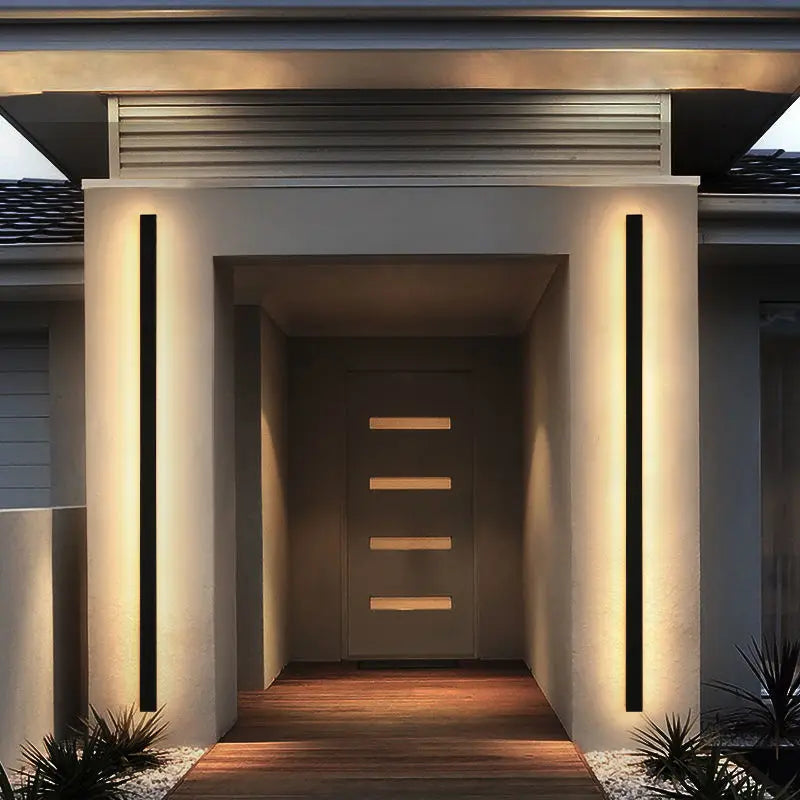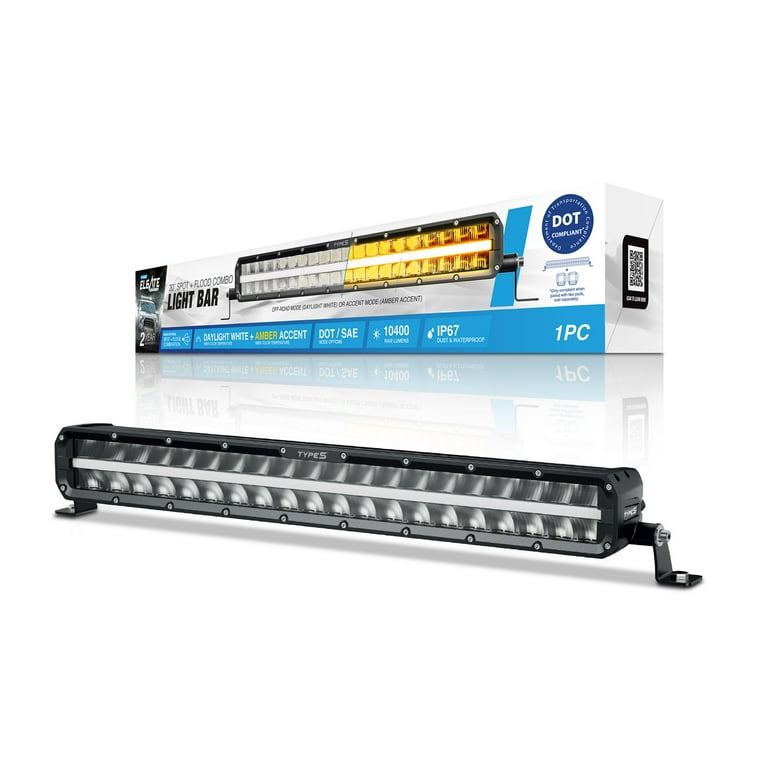Imagine this: you’ve just installed your brand-new light bar on your vehicle, ready to illuminate your adventures. But there’s a nagging question in your mind—can it withstand the elements?
Knowing whether your light bar is waterproof is crucial. It could mean the difference between a seamless drive through a rainstorm and dealing with unexpected damage. You deserve peace of mind when you’re out exploring, and understanding the waterproof capabilities of your light bar is key.
You’ll discover simple ways to determine if your light bar is truly built to brave the weather. Stick around, because ensuring your equipment’s durability is not just smart; it’s essential for your safety and enjoyment.
Understanding Waterproof Ratings
The IP rating system shows how well a light bar can resist water and dust. It uses two numbers. The first number tells how good the light is at keeping out dust. The second number tells how good it is at keeping out water. A higher number means better protection. For example, an IP67 rating means the light is safe from dust and can handle water up to 1 meter deep.
| IP Rating | Description |
|---|---|
| IP65 | Protection from low-pressure water jets |
| IP67 | Protection from dust and water up to 1 meter |
| IP68 | Protection from dust and long immersion |
Materials And Build Quality
Sealed enclosures keep water out. They have a tight design. Rubber gaskets are used. These stop leaks. Silicone seals add more protection. Water cannot get inside. Check the edges for tight seals. Look for gaps or cracks. If you see gaps, water can enter. Good light bars have no gaps. They stay dry inside.
Water-resistant parts are important. They help keep the light bar safe. Coated wires stop water damage. Plastic covers protect the lights. Aluminum casing is strong. It does not rust. Screws and bolts should not rust too. Stainless steel is best for them. Keep these parts in mind. A good light bar will last longer.
Testing For Waterproofing
Light bars need testing to see if they are waterproof. One way is by water immersion. The light bar is placed in water. This checks if it can handle wet conditions. Make sure water covers the entire light bar. Watch for bubbles or leaks. If bubbles appear, it is not waterproof. Keep it in water for a few minutes. This test helps find weak spots.
Simulating different weather conditionscan show if the light bar is tough. Tests include rain, snow, and wind. These tests show how light bars react to different environments. Use a chamber to mimic these conditions. Check if the light bar works well after each test. If it stops working, it might not be waterproof. Testing is important to ensure safety and performance.

Credit: www.bungalowsigns.com.au
Signs Of Waterproof Design
A waterproof light bar often has sealed edges. This keeps water out. Rubber gaskets are also common. They stop leaks. Screws and bolts should be tight. Loose parts can let water in. IP ratings are important. An IP67 rating means it’s waterproof. Check the manual for this info. Look for thick, durable materials. They resist water better.
Cracks in the casing are bad signs. Water can seep in. Loose wires may also cause trouble. They might not be sealed well. Rust is another warning sign. It shows water has been inside. Foggy lenses indicate moisture. Moisture can damage the light. Missing parts are a concern too. Without them, water may enter easily.
Maintenance For Longevity
Check for IP67 or IP68 ratings to ensure waterproofing of a light bar. Look for sealed edges and sturdy materials. Examine connectors for protective coverings against water intrusion.
Cleaning And Care
Keep your light bar clean. Dirt and dust can cause problems. Use a soft cloth to wipe the surface. Avoid using harsh chemicals. They might damage the coating. A clean light bar works better and lasts longer. Regular cleaning helps maintain brightness.
Regular Inspections
Check your light bar often. Look for cracks or damage. Ensure the seals are intact. Seals keep water out. Tighten loose screws. Loose parts can lead to water leaks. Regular checks keep your light bar in good shape. This helps it last longer.

Credit: www.walmart.com
Choosing The Right Light Bar
Think about where you will use the light bar. Indoor or outdoor? Next, consider how much water it might face. Rain or heavy storms? These questions help decide the kind you need. Different places need different light bars. Some are better for wet areas. Others are not. Make sure you choose the right one.
Many light bars say they are waterproof. Are they really? Look for IP ratings. Higher numbers mean better water protection. IP67 or IP68 are good choices. Check reviews from other users. They tell if the light bar is true to its claim. Buy from trusted brands. They usually offer better quality.

Credit: www.amazon.com
Conclusion
Checking if a light bar is waterproof is important. It ensures safety and durability. Look for IP ratings on the product label. IP67 or higher indicates waterproof features. Inspect the seals and materials carefully. Test with water if possible. Keep your light bar functioning in all weather conditions.
Understanding these tips can protect your investment. It helps avoid costly replacements. Stay informed and choose wisely. A waterproof light bar is a smart choice. It offers peace of mind and reliability. Always prioritize quality and performance in your lighting solutions.
